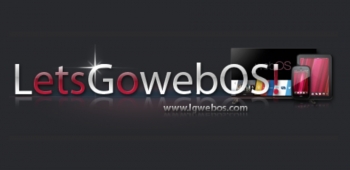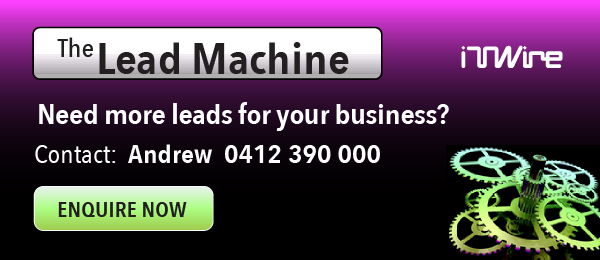LG’s CTO, Dr. Skott Ahn, was at CES to explain ‘how the Internet of Things (IoT) is transforming the way consumers live, work and play’ in his keynote address.
The good doctor explained how ‘LG innovations such as HomeChat and webOS are driving the IoT ecosystem to make consumers’ lives more convenient and more productive.’
Ahn said: “The Internet of Things isn’t about just some devices and the apps that control them.
“It’s what connects everything we value with the innovations that are centred around our lives. At LG, we’re taking an open approach to maximise the value offered to our customers through platforms, connectivity and the overall IoT ecosystem.”
To have a platform, you need an OS, which LG has thanks to purchasing Palm’s webOS from HP, the OS that was a contender in the smartphone and smart device stakes before HP bought Palm and buried it, and which LG has been busy since reviving.
Indeed, LG says that it ‘started down the path to make its webOS operating system a strong IoT platform last year when the company successfully implemented webOS into a new generation of intuitive smart TVs.’
|
|
So, what LG did at CES 2015 was to have its CTO, Dr. Ahn, unveil webOS 2.0 to the world, initially as its ‘upgraded smart TV platform, which offers an even simpler user experience, is more than twice as fast as the first version, and supports streaming of 4K Ultra HD content.’
LG has also expanded webOS to power ‘LG’s signage and hotel TVs, allowing customers to experience the true value of IoT outside of their homes.’
Dr. Ahn also noted that ‘LG is working on a platform that cares for customers’ wellness instead of just tracking and reporting it.
‘LG developed bio-signal analysis technologies for smartphones and wearable devices that can assist with physical health management such as helping to modify sleeping habits. LG’s wellness platform can even optimise one’s living environment by controlling appliances such as water heaters and air conditioners.’
So, what else is LG doing on the IoT front?
Ahn described how ‘LG plans to connect devices and technologies’ with customisable solutions that interconnect smart devices.
“Just like our phones, cars are getting much smarter. And we’re seeing an increasing need to connect our smart devices to cars,” Ahn stated.
LG is also ‘expanding IoT into cars by actively developing Vehicle to Everything (V2X) technologies. LG has globally developed and commercialised a connectivity solution to mirror Android and iOS devices to car displays. LG’s smart car connectivity technology is not only highly customisable but also supports other industry solutions such as MirrorLink.’
LG wants ‘open standards’ to be part of the mix, too, with Ahn stating: “We’re working with the AllSeen Alliance, of which LG is a founding member, to adopt the AllJoyn open connectivity platform.
“LG is also heavily involved in oneM2M, the global standard for IoT services, to adopt a broad connectivity technology that links gateways and devices around the cloud, allowing LG products to work flawlessly with any devices from any brands.
“In order to realise the true value of IoT, we need a strong ecosystem of like-minded partners who share our vision,” Ahn continued.
He explained that ‘LG is working closely with leading smart home service providers and iControl OpenHome ecosystem members to ensure that LG’s large product portfolio integrates seamlessly with smart home services ranging from security to home automation.’
Part of LG’s IoT efforts were seen in 2014 when it introduced ‘HomeChat, a platform that allows the use of Natural Language Processing (NLP) to control and monitor home appliances.’
Ahn noted that ‘LG is currently working with Nest Labs to make HomeChat compatible with Nest products,’ and that ’in the near future, HomeChat will also connect to cars.’
“Before leaving home, you simply say where you want to go and your destination will automatically be added to your car’s navigation system in order to safely guide you on your journey,” Ahn concluded.







































